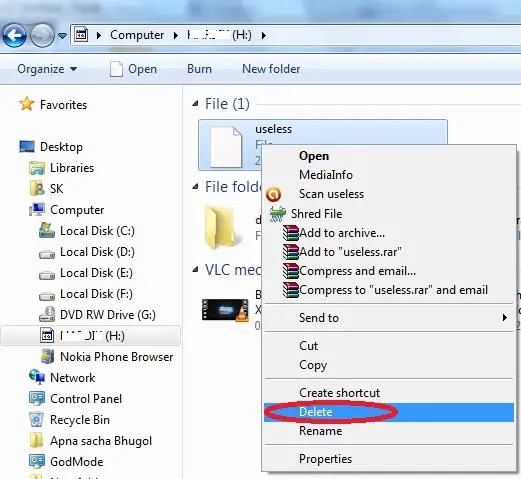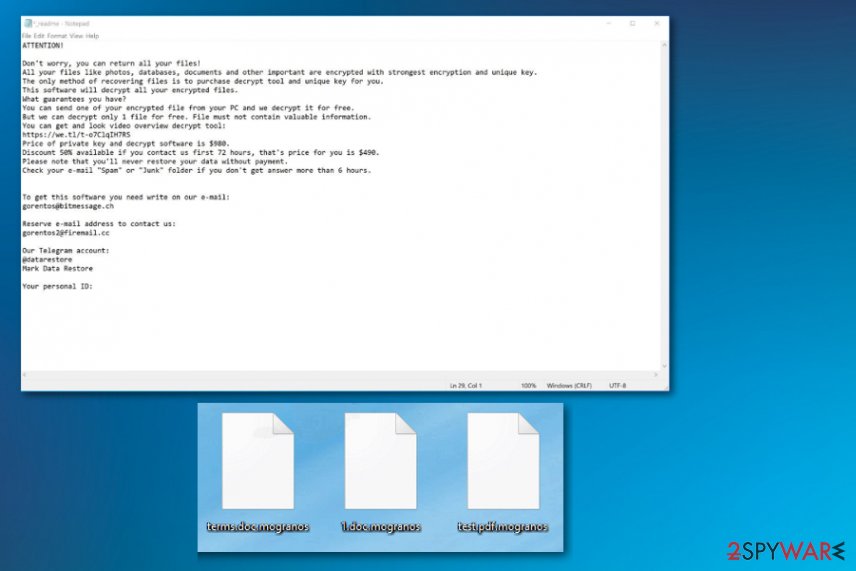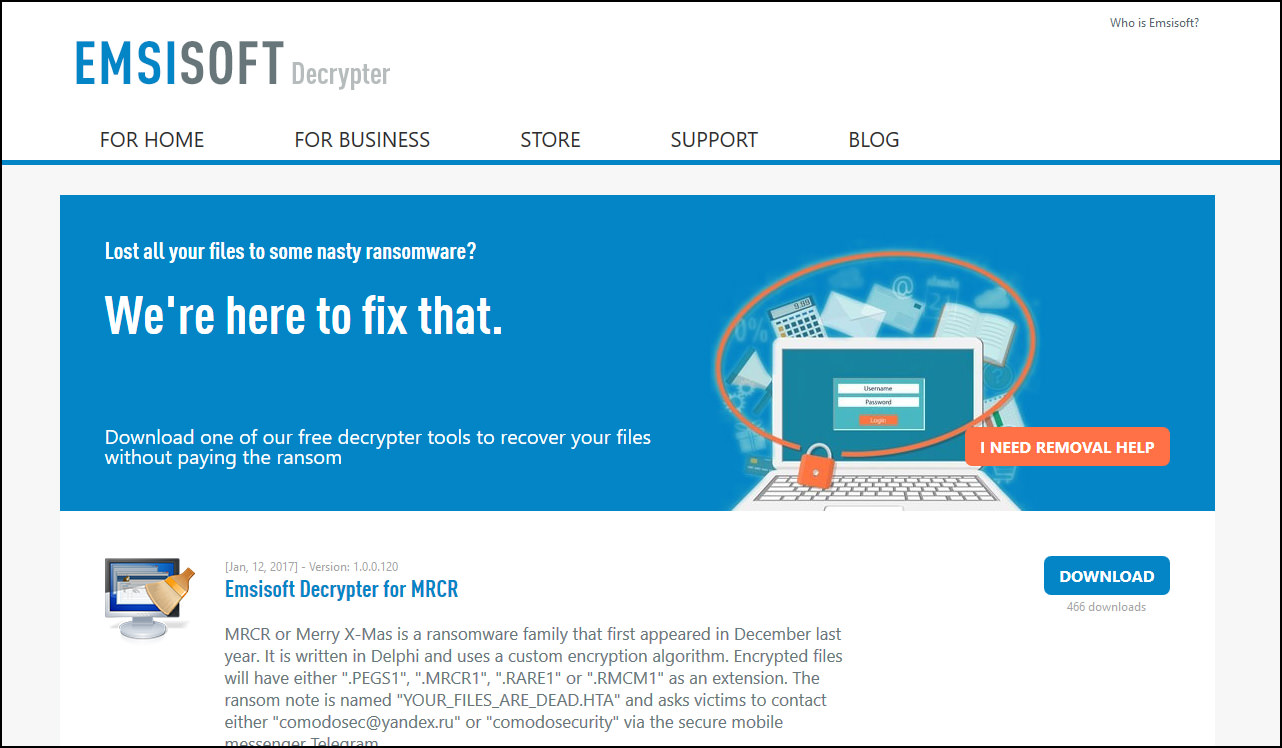More information, file recovery methods and removal steps for STOP.alka ransomware using random extension: https://sensorstechforum.com/remove-alka-virus/. Automatic Way to Remove.blower File Virus:-If you are unable to follow the manual removal process due to complex steps then you are advised to make use of. Procedure 1: Remove.SYTCO file virus from System manually. Procedure 2: Remove.SYTCO file virus and all the related components from computer automatically. Procedure 3: How to restore files encrypted by.SYTCO file virus. It is possible to delete.SYTCO file virus related components from computer with our easy solution. To do this, you have.
Aiseesoft pdf to word converter for mac. If your devices have been infected by the.exe virus, you can follow the ways below to recover files from.exe virus and remove it thoroughly. How to Recover Files from.exe Virus. Once your USB flash drive or computer has been infected with.exe. Virus, the original folders will be hidden and turn into.exe files. So, to recover the virus.
The .exe virus can infect your USB flash drive or your computer, hide the original folders, then duplicate all your folders and create an executable file with its name. If you happen to meet this problem, do not worry, use EaseUS virus recovery software to recover file from .exe virus. Besides, we also provide you with effective methods to remove the .exe virus.
Folders changed to Application .exe, how to remove .exe virus from computer?
If the .exe virus infects you, and folder become exe file virus, follow these to remove folders with .exe application: Movieindex.
1. Install, update your antivirus application.
/arc-goldfish-tgam-thumbnails.s3.amazonaws.com/thumbnails/5f4fb30452faff00018f9dfb/2020-09-02T144234Z_1_LOP000M78YIWL_RTRMADP_BASEIMAGE-960X540_HEALTH-CORONAVIRUS-EU-WHO.JPG)
2. Delete all detected files. Now, the .exe folder is removed, and you need to show the original folders.
3. Open File Manager.
4. Go to the top menu, Tools >Folder Options. Select the View tab.
5. Check the 'Show hidden files and folders.'
6. Go to Start > Run, type cmd at the OPEN: box, and press OK. This will show the command prompt.
7. Using My Computer, view the drive of hidden folders
8. Go to Command Prompt and type these command lines to unhide all folders and files: attrib *.* /d /s -h -r -s.
See more items on how to remove .exe virus from computer.
Overview of .exe Virus
.exe virus malware is not new to most computer users. What we heard the most are applications.exe, app.exe, and newfolder.exe virus. The virus is mainly spread by mobile devices such as USB flash drives. And it will hide the real folder, make a fake executable file to do the folder to seduce the user to click, click to trigger the Trojan to infect more folders. What's worse, .exe viruses are said to be so dangerous that they can disable programs like Task Manager, Regedit, and Folder Options. If your devices have been infected by the .exe virus, you can follow the ways below to recover files from .exe virus and remove it thoroughly.
How to Recover Files from .exe Virus
Once your USB flash drive or computer has been infected with .exe. virus, the original folders will be hidden and turn into .exe files. So, to recover the virus infected files, you need to unhide all folders and files by using the methods below.
1. Change View Settings
- Open File Manager, go to the top menu, 'Tools' > 'Folder Options'. Select the 'View' tab.
- Mark the 'Show hidden files and folders'.
2. Use Command Prompt
- Go to 'Start', type cmd, right-click 'Command Prompt' and choose 'Run as administrator'.
- Type attrib -h -r -s /s /d *.* and hit Enter.
Manual input of the command line is suitable for computer professionals since wrong commands can cause more severe problems. Therefore, for security and usability, we strongly recommend you try an automatic command line alternative. EaseUS Tools M is a practical tool that enables you to check and fix files system error, enable/disable write protection and system update with one-click instead of typing intricate command lines.


Follow the simple steps below to show hidden files with this 1-click-fix software.
Step 1. DOWNLOAD EaseUS Tools M for Free.
Step 2. Start EaseUS Tools M, choose 'File Showing' on the left pane. Next, choose the target drive for scanning.
Step 3. After the operation completes, click the View button to check the hidden files.
3. Use Virus Attack Recovery Software (Most Effective)
If the above two solutions can't recover the files turned into .exe, don't despair, you still have the last but the most effective method to make it with ease. That is using EaseUS hard drive recovery software. This reliable and professional virus attack recovery has so far helped a big number of customers to recover virus infected files. It is also competent to restore folders infected by the .exe virus from USB flash drive and computer's hard drive.
Now, download this data recovery software by clicking the download button below and follow the step-by-step guide to proceed .exe virus file recovery as soon as possible.
Step 1. Launch EaseUS Data Recovery Wizard. Select the disk partition or storage device where you lost files and click the 'Scan' button.
Step 2. This program will quickly start a scanning process to find lost files. When the process accomplishes, you can double-click files to have a preview before selection.
Step 3. Choose the files you want. Then click the 'Recover' button to get them back. You should save the data to another safe spot in your PC/storage device, not where they lost.
How to Remove .exe Virus Manually
To remove .exe virus from the USB drive or the computer, go through the following the guide carefully.
Step 1. Run Command Prompt on your Windows 10/8.1/8/Vista/XP computer;
Step 2. Enter the following commands one by one. Simplyfatt. These will delete the preliminary stages of the virus.

2. Delete all detected files. Now, the .exe folder is removed, and you need to show the original folders.
3. Open File Manager.
4. Go to the top menu, Tools >Folder Options. Select the View tab.
5. Check the 'Show hidden files and folders.'
6. Go to Start > Run, type cmd at the OPEN: box, and press OK. This will show the command prompt.
7. Using My Computer, view the drive of hidden folders
8. Go to Command Prompt and type these command lines to unhide all folders and files: attrib *.* /d /s -h -r -s.
See more items on how to remove .exe virus from computer.
Overview of .exe Virus
.exe virus malware is not new to most computer users. What we heard the most are applications.exe, app.exe, and newfolder.exe virus. The virus is mainly spread by mobile devices such as USB flash drives. And it will hide the real folder, make a fake executable file to do the folder to seduce the user to click, click to trigger the Trojan to infect more folders. What's worse, .exe viruses are said to be so dangerous that they can disable programs like Task Manager, Regedit, and Folder Options. If your devices have been infected by the .exe virus, you can follow the ways below to recover files from .exe virus and remove it thoroughly.
How to Recover Files from .exe Virus
Once your USB flash drive or computer has been infected with .exe. virus, the original folders will be hidden and turn into .exe files. So, to recover the virus infected files, you need to unhide all folders and files by using the methods below.
1. Change View Settings
- Open File Manager, go to the top menu, 'Tools' > 'Folder Options'. Select the 'View' tab.
- Mark the 'Show hidden files and folders'.
2. Use Command Prompt
- Go to 'Start', type cmd, right-click 'Command Prompt' and choose 'Run as administrator'.
- Type attrib -h -r -s /s /d *.* and hit Enter.
Manual input of the command line is suitable for computer professionals since wrong commands can cause more severe problems. Therefore, for security and usability, we strongly recommend you try an automatic command line alternative. EaseUS Tools M is a practical tool that enables you to check and fix files system error, enable/disable write protection and system update with one-click instead of typing intricate command lines.
Follow the simple steps below to show hidden files with this 1-click-fix software.
Step 1. DOWNLOAD EaseUS Tools M for Free.
Step 2. Start EaseUS Tools M, choose 'File Showing' on the left pane. Next, choose the target drive for scanning.
Step 3. After the operation completes, click the View button to check the hidden files.
3. Use Virus Attack Recovery Software (Most Effective)
If the above two solutions can't recover the files turned into .exe, don't despair, you still have the last but the most effective method to make it with ease. That is using EaseUS hard drive recovery software. This reliable and professional virus attack recovery has so far helped a big number of customers to recover virus infected files. It is also competent to restore folders infected by the .exe virus from USB flash drive and computer's hard drive.
Now, download this data recovery software by clicking the download button below and follow the step-by-step guide to proceed .exe virus file recovery as soon as possible.
Step 1. Launch EaseUS Data Recovery Wizard. Select the disk partition or storage device where you lost files and click the 'Scan' button.
Step 2. This program will quickly start a scanning process to find lost files. When the process accomplishes, you can double-click files to have a preview before selection.
Step 3. Choose the files you want. Then click the 'Recover' button to get them back. You should save the data to another safe spot in your PC/storage device, not where they lost.
How to Remove .exe Virus Manually
To remove .exe virus from the USB drive or the computer, go through the following the guide carefully.
Step 1. Run Command Prompt on your Windows 10/8.1/8/Vista/XP computer;
Step 2. Enter the following commands one by one. Simplyfatt. These will delete the preliminary stages of the virus.
Step 3. Re-enable Task Manager and Regedit after deleting the virus by entering the following commands one by one.
Step 4. Go to 'Folder Options' > 'View' > 'Advanced Settings' > 'Show Hidden Files, Folders and Drives', and click 'OK'. Find the following listed files and delete them all.
Remove File Virus Doc.blower Free
C:WINDOWSSCVVHSOT.exe
C:WINDOWSSCVHSOT.exe
C:WINDOWShinhem.scr
C:WINDOWSsystem32SCVHSOT.exe
C:WINDOWSsystem32blastclnnn.exe
C:WINDOWSsystem32autorun.ini
C:Documents and SettingsAll UsersDocumentsSCVHSOT.exe

